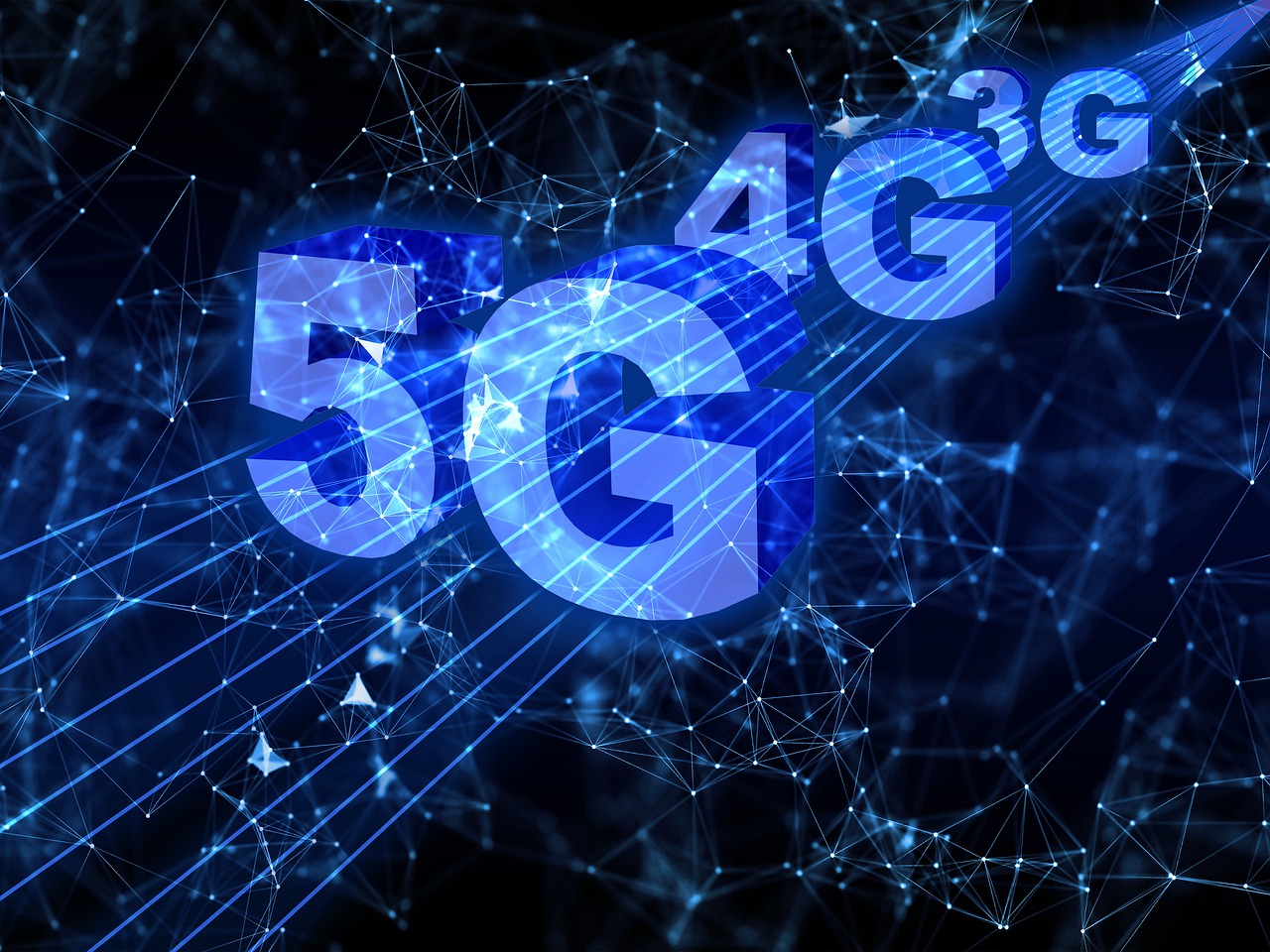This post is also available in:
 עברית (Hebrew)
עברית (Hebrew)
U.S. federal agencies, with industry and academia partners, have been pushing forward the Pentagon’s innovation strategy in 5G next-generation wireless technology. Pilots, prototypes and projects that encompass 5G-enabled smart warehouses, augmented and virtual reality, radar and more will be unleashed.
Recently, the Defense Department announced the world’s largest full-scale 5G tests for dual-use applications, granting $600 million in contracts to underpin experimentation and assessments of the technology across five U.S. military bases.
The Pentagon previously issued four requests for prototype proposals that were open to members of the National Spectrum Consortium for this 5G-focused work, and the organization confirmed that most of these newly unveiled selections were made under another transaction agreement between the organization and Defense Department. It marks what the Pentagon and NSC called “the first tranche” of awards for 5G-related prototyping contracts and others are anticipated to follow to drive further efforts at more military bases down the line.
According to the Pentagon’s release, the test sites will be located at Air Force, Marine Corps, Navy bases in Utah, Washington, Georgia, California, and Nevada.
In Utah, work will explore the potential of a dynamic spectrum sharing testbed, and Defense’s announcement also notes that the intent in Nevada “is to develop a testbed for use of 5G technologies to aid in air, space, and cyberspace lethality while enhancing command and control survivability.”
The bases in Georgia and California will each house work with their newly selected partners to develop their own versions of 5G-enabled smart warehouses—one honing in on transshipment and another on vehicle storage. And efforts that’ll unfold at Lewis-McChord in Washington will aim to rapidly field a scalable, secure next-generation network to test out 5G-enabled augmented and virtual reality capabilities for mission planning, training, and operational use cases.
According to nextgov.com, the Pentagon’s release names 15 entities that were tapped to contribute to the experiments, including AT&T, Booz Allen Hamilton, Nokia, and others.


























